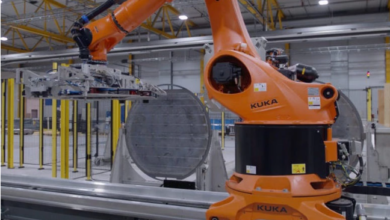Australia-Japan HESC hydrogen project unlock opportunities
The Australia-Japan HESC partnership supports new technology, cleaner energy, and jobs in both countries.

The world’s first liquefied hydrogen carrier, the Suiso Frontier, in Victoria marks the success of the Hydrogen Energy Supply Chain (HESC) Pilot Project.
HESC’s vision is to produce carbon-neutral hydrogen using a mix of Latrobe Valley coal and biomass, capturing and storing CO2 via CarbonNet and optimising energy efficiency in the HESC supply chain.
The 225,000 tonnes of carbon-neutral liquefied hydrogen (LH2) produced by HESC in a commercial phase will reduce global CO2 emissions by some 1.8 million tonnes/year while providing valuable infrastructure for other hydrogen projects in the region.
The learnings from the pilot will form the basis for further work towards delivering HESC at a commercial scale. In a commercial phase, the project will create 30k full-time jobs across the Gippsland and Mornington Peninsula regions over the project’s life.
During the Pilot Project, 99.999% pure hydrogen has been produced from Latrobe Valley coal and biomass via gasification, trucked to Hastings, cooled to -253 degrees and subsequently liquified to less than 800 times its gaseous volume to create highly valuable liquefied hydrogen.
The loading of liquefied hydrogen onto the Suiso Frontier for the return journey to Kobe, Japan, makes the HESC Project the most advanced and scalable hydrogen project in Australia and the first project in the world to liquefy and transport liquid hydrogen by sea to an international market.
The HESC project partners are:
- Kawasaki Heavy Industries, Ltd (KHI)
- Electric Power Development Co., Ltd. (J-POWER)
- Iwatani Corporation (Iwatani)
- Marubeni Corporation (Marubeni)
- AGL Energy (AGL)
- Sumitomo Corporation (Sumitomo)
- Royal Dutch Shell (Shell)
- ENEOS Corporation
- Kawasaki Kisen Kaisha, Ltd. (K-Line)
